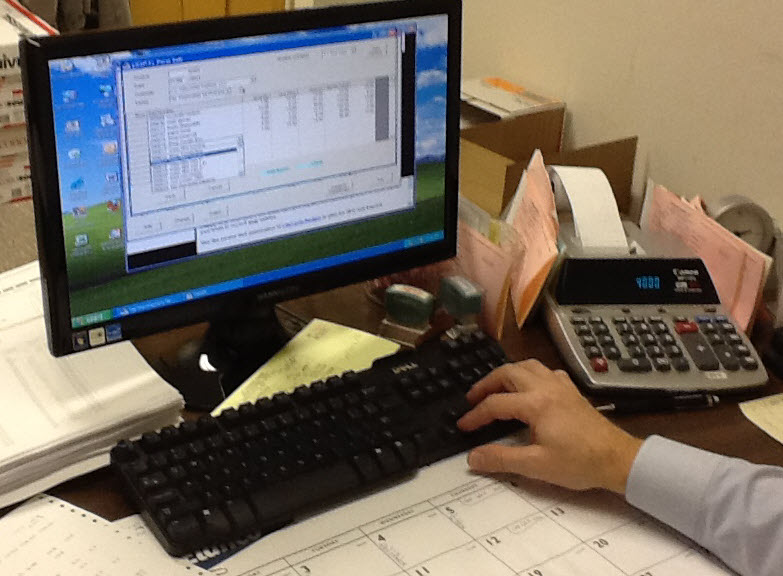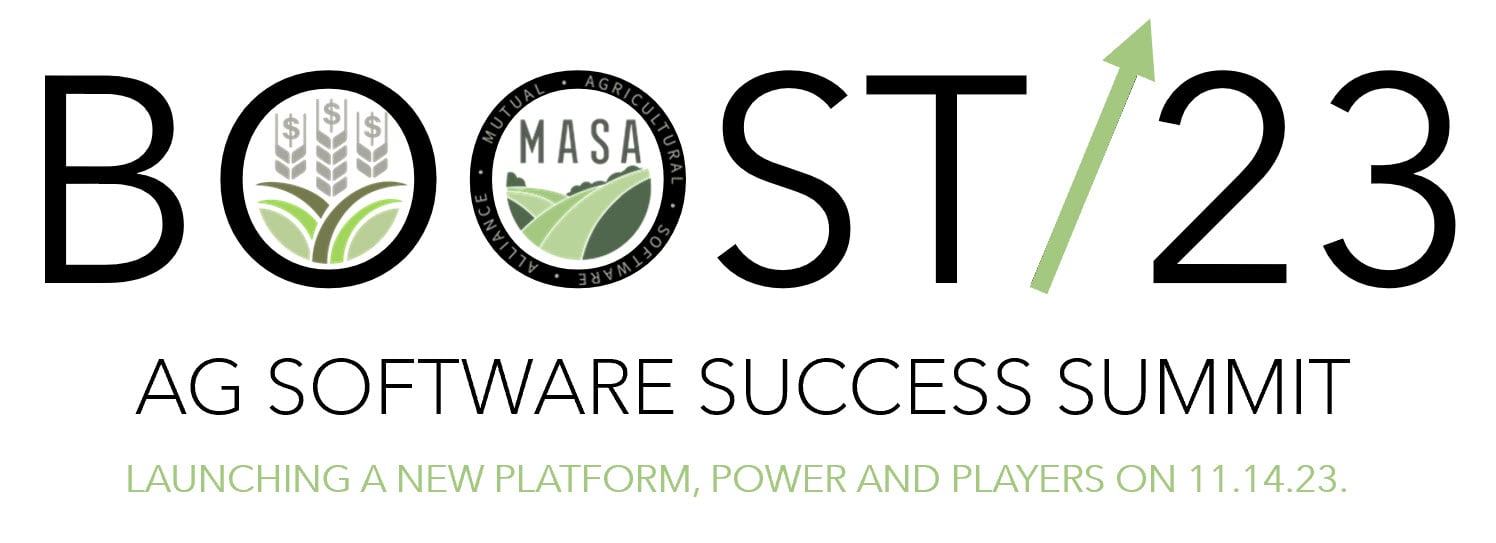A 2017 K•Coe Isom study showed people who spend time collecting and interpreting financial and operational information will average higher profits and better solvency than their peers. The research also found “power users” of information had greater labor efficiency, generating more revenue with the same number of employees. Finance and growth consultant Peter Martin defines best practices that pay in the February 2021 Farm Journal.
- - Focus on your accounting system. This is the core of your back office, through which all your financials — and even field data — will connect. Set up a system that’s scalable to your farming operation, is cloud-based and can integrate with other software programs.
- -Spend time mapping out your chart of accounts. Now is a good time to code, repair or update your chart of accounts.
-Move to per-crop reporting. Train yourself to separate inputs. That discipline will help you understand your costs for each crop. Some expenses are direct, such as seed and fertilizer. Others, such as labor, equipment, repairs and supplies, require more “art” in determining how to factor them into your system.
There are two ways to allocate operating expenses among crops:
-
-
- -You can focus on the intensity that goes into growing each crop.
-
- -You can allot expenses on a proportional share per crop, such as the acres it spans or revenue it creates.
Adopting these basic principles will give you a simple but scalable start to optimizing your back office and positioning yourself for greater success.
















